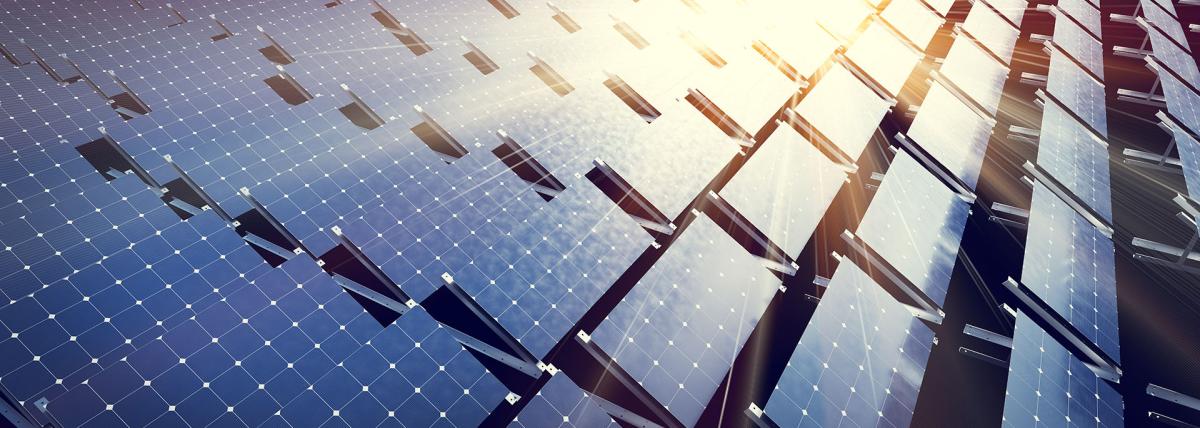
Bioreactors - Finding Solutions to CO2 and Green Energy Sources
by Melany Coates
Students are guided through the urgency to create large scale plan solutions for climate mitigation and green energy fuel sources. They will then build and design a bioreactor using algae as a potential fuel source, with the challenge of changing the reactor from the class model, for either airflow or differing the amounts of nutrients the algae would need. This challenges the students to think about what algae need to reproduce at faster rates by changing their nutrient level or the design of the bioreactor itself. There are current research examples from the University of Arizona of air flow, which would challenge the students to think about why those designs are being tested and how they would design their model.
Lesson Plan Link/URL
https://docs.google.com/presentation/d/1G8LbcnXhfuyn0RsGFBtV30qTl61DBNYp/edit?u…Subject Area
Science Life Science L1: Cells L2: Organisms & Energy Technology 1. Empowered Learner 6. Creative Communicator Engineering S1: Engineering & Global Society S2: Apply the Engineering Design Process S4: Apply Science to Engineering English Language Arts (ELA) Reading (Informational Text) Writing Speaking & Listening
Featured
Off
Related Content

Grades:
3rd Grade, 4th Grade, 5th Grade, 6th Grade, 7th Grade, 8th Grade, 9th Grade
Engineers often create small-size models of a new product to test its design. This is especially true with airplanes. Model testing tells engineers how a design responds to different air conditions

Grades:
9th Grade, 10th Grade
This lesson plan focuses around 4 key topics, with activities for each. The plan covers renewable energy, solar energy, why solar energy is important, and what the children can do to conserve energy

Grades:
10th Grade, 11th Grade, 12th Grade
From learning the basics of the endocrine system (organs) to creating a 3d visual model of a patient and demonstrating how hormones are released across the body, students will go from simple to